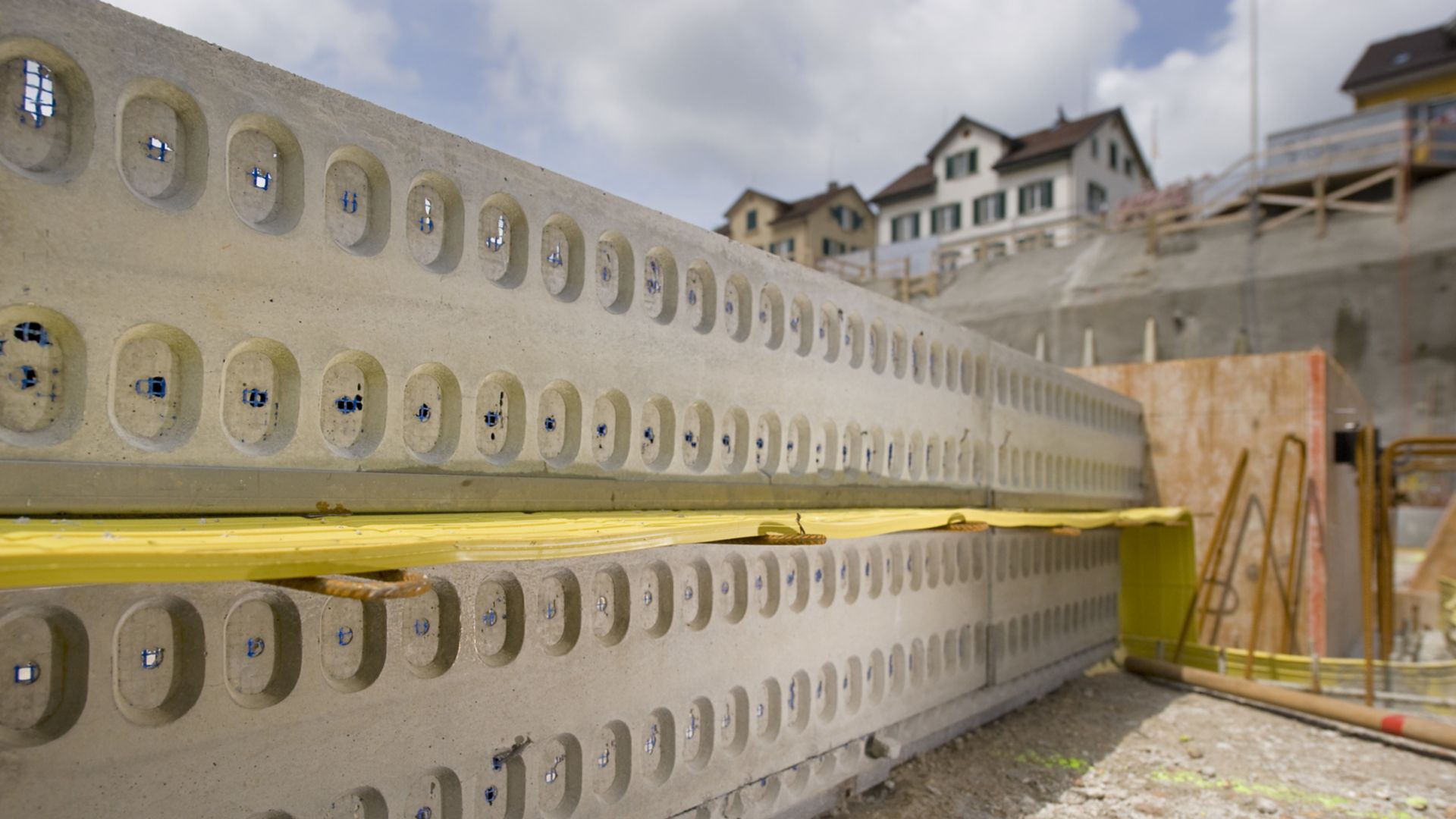Betonin ja teräsbetonin saumat on jaettu kolmeen eri liitostyyppiin - rakennesaumat, liikuntasaumat ja liityntäsaumat. Liitosten tiivistämisen päätehtävä on minimoida veden tunkeutuminen ja turvallisen vedeneristyksen luominen. Tiivisteen on kyettävä kestämään mahdollisia staattisia muutoksia sekä lämpötilojen vaihtelua.
SikaSwell paisuvat vesikatkonauhat ja -massat
Hydrofiiliset tiivisteet
Täysi valikoima hydrofiilisiä (turpoavia) SikaSwell®-profiileja, renkaat ja tiivistepistooleilla kiinnitettävät tiivistysaineet ovat tehokas ratkaisu rakennusliitoksiin ja läpivientien tiivistämisen täydentämiseen tarjoten samalla ylimääräisen suojalinjan veden sisäänpääsyä vastaan.
Edut:
- Erittäin taloudellinen
- Ei vaikutusta muotiin tai raudoitukseen
- Voidaan käyttää varamenetelmänä
- Testattu ja hyväksytty menetelmä
- Vaihtoehtoiset profiilt saatavana eri vaatimuksiin
SikaSwell paisuvat vesikatkonauhat ja -massat
Jälkiasennettavat erikoissaumat
Vesikatkoprofiilit - lisätarvikkeet
Kirveen muotoinen hitsaustyökalu
Laippaussarja
Kipinätesteri
Vesiestekiinnikkeet
Vesikatkoprofiilit
Thermoplastiset vesikiskot
Vesikiskot ovat yleisimpiä vedenpitäviä saumatiivisteitä rakennusliitoksissa ja ne ovat pakollisia paisuntasaumoille. Sopiva profiili voidaan valita laajasta Sika Waterbar® -valikoimasta, joka perustuu erilaisiin materiaaleihin, projektin vaatimuksista riippuen.
Edut:
- Suljettujen järjestelmien helppo suunnittelu rakennus- ja paisuntasaumoille
- Helppo liittää hitsaamalla
- Eri tuotteet, muodot ja koot erilaisiin vaatimuksiin (kuormitus ja altistuminen)
- Valmiit vesieristysmenetelmät ovat mahdollisia
- Sisäiset ja ulkoiset vesieristykset ovat käytettävissä
Jälkiasennettavat erikoissaumat
Liimateipit
Sikadur-Combiflex® SG -menetelmä tai Sika® Dilatec® -menetelmä on jälkikäteen levitettävä teippijärjestelmä, joka on kiinnitetty epoksihartsilla kalvoon, tarjoten ihanteellisen ratkaisun rakentamiseen ja paisuntasaumoihin, erityisesti valmiiden komponenttien liitosten tiivistämiseen.
Edut:
- Hyväksytty käytettäväksi juomaveden kanssa kosketuksissa olevissa paikoissa
- Helposti mukautettavissa rakennusmenetelmään
- Erinomainen tarttuvuus erilaisiin alustoihin
- Erittäin joustava
- Helppo huoltaa
Tyypillisiä rakenteiden liitostyyppejä
Runkoliitokset on suunniteltu jakamaan rakenteen alueet erillisiksi betoniosiksi työn aikataulutussyistä tai rakenteellisena toimenpiteenä esimerkiksi kuorman siirtämiseksi. Runkoliitosten vahvistus on siis jatkuva sauman läpi.
Liikuntasaumaliitokset ovat tasaisia tai sisennyksiä, jotka jakavat betoniosan koko paksuutensa läpi ilman määriteltyä liitosrakoa. Liikuntasaumaliitosten vahvistus on epäyhtenevää ei jatkuvaa. Kun betoniosa supistuu, yhteinen liike (yhteinen avautuminen) on mahdollista. Kun se laajenee, paineen välitys on mahdollista.
Liikkumisliitokset tai paisuntasaumat jakavat komponentit koko paksuudeltaan määrätyn leveyden saumaraoilla. Liikkumisliitosten vahvistus on epäjatkuvaa. Liikkumisliitokset mahdollistavat erilaisen lämpötilan vaihteluista ja / tai kuormituksesta aiheutuvan liikkumisen tai asettautumisen yhteen tai useampaan suuntaan liitoksen erottamilla alueilla, osilla tai rakenteilla.
Seinien ohjausliitokset on tarkoitettu esimerkiksi määriteltyyn halkeamien hallintaan suunnittelemalla betonin poikkileikkaukseen heikennys ja muodostamalla hallittu halkeilupiste betonin läpi. Tämä lievittää lämpötilan ja kutistumisen aiheuttamia rasituksia, mikä estää hallitsemattoman halkeilun seinässä. Halkeilu tapahtuu sen sijaan suunnitellussa ja halkeamien aiheuttamassa asennossa.
Ruiskutusletkujärjestelmät
SikaFuko®-ruiskutusletkujärjestelmää käytetään tyypillisesti toissijaisena tai täydentävänä varajärjestelmänä runkoliitosten, liikkumisliitosten tai liikuntasaumojen (esim. Kalvoseinien) tiivistämiseen. Tarkempia tietoja varten tulisi valita sopiva Sika-injektiomateriaali.
Edut:
- Soveltuu erittäin tiukkoihin vaatimuksiin
- Ei vaikutusta muottiin tai raudoitukseen
- Erilliset tai varamenetelmät
- Hyvä ruiskutus täyttää koko liitoksen ja estää kaiken veden pääsyn
- Uudelleen ruiskutettavat menetelmät

